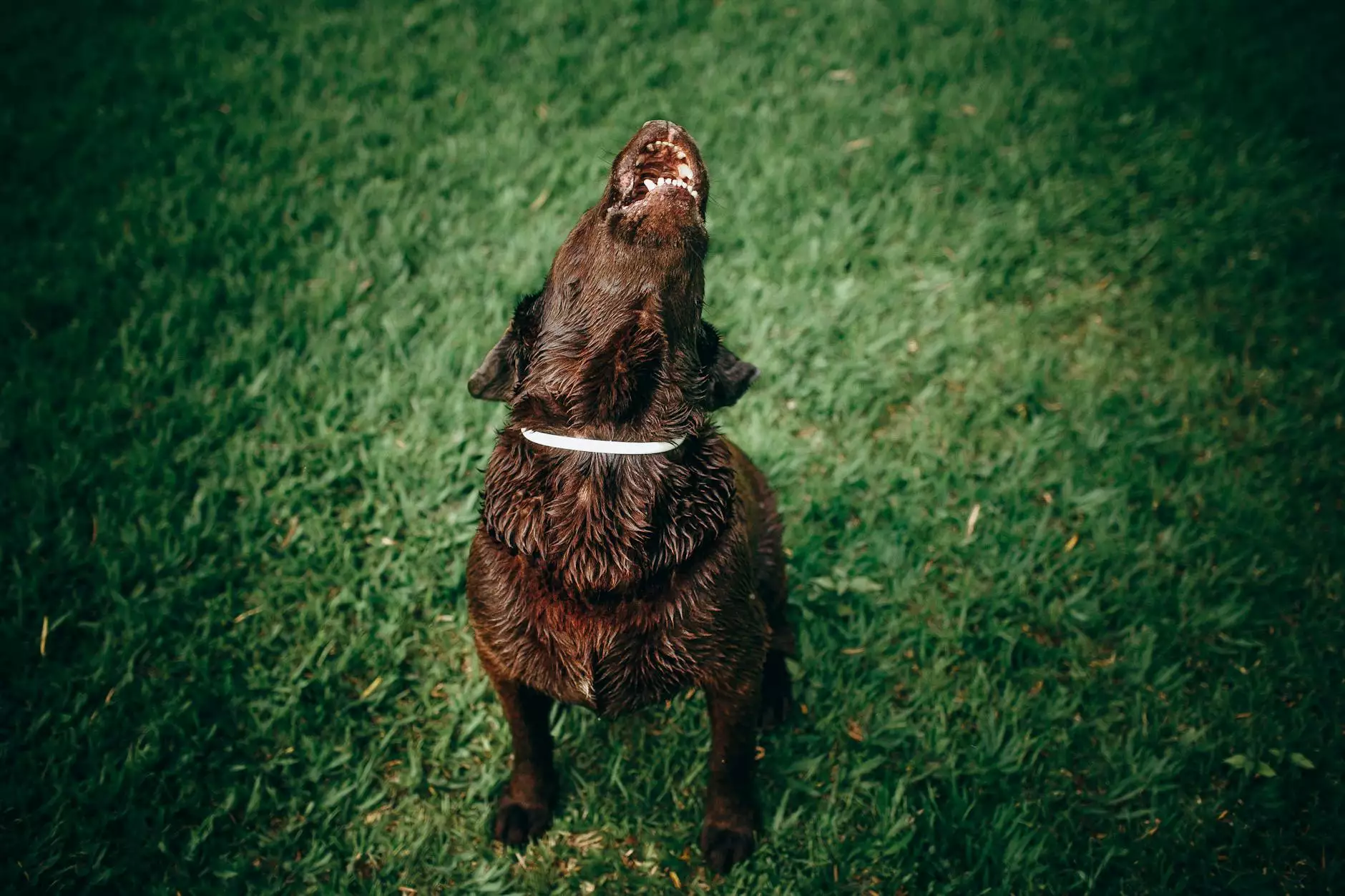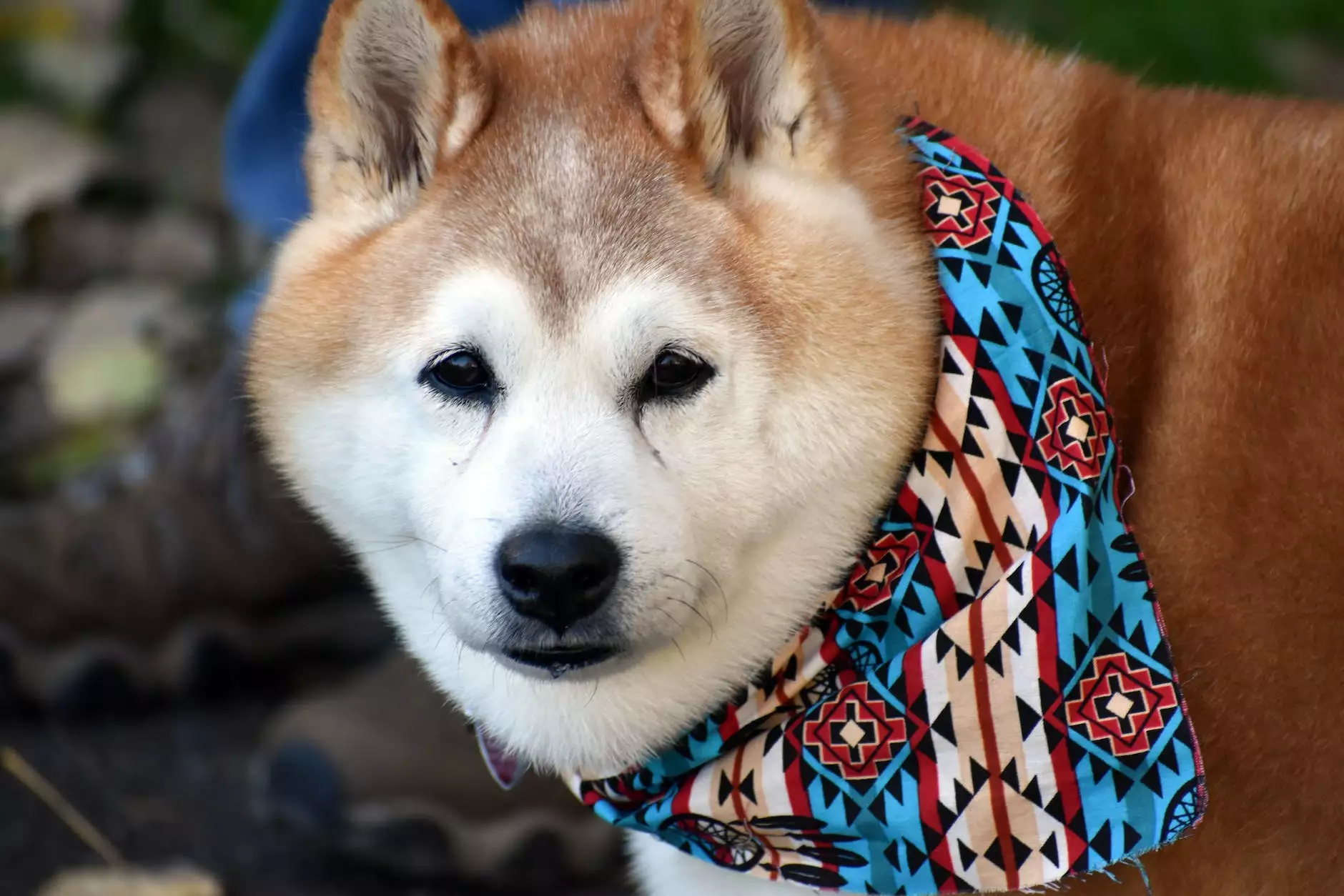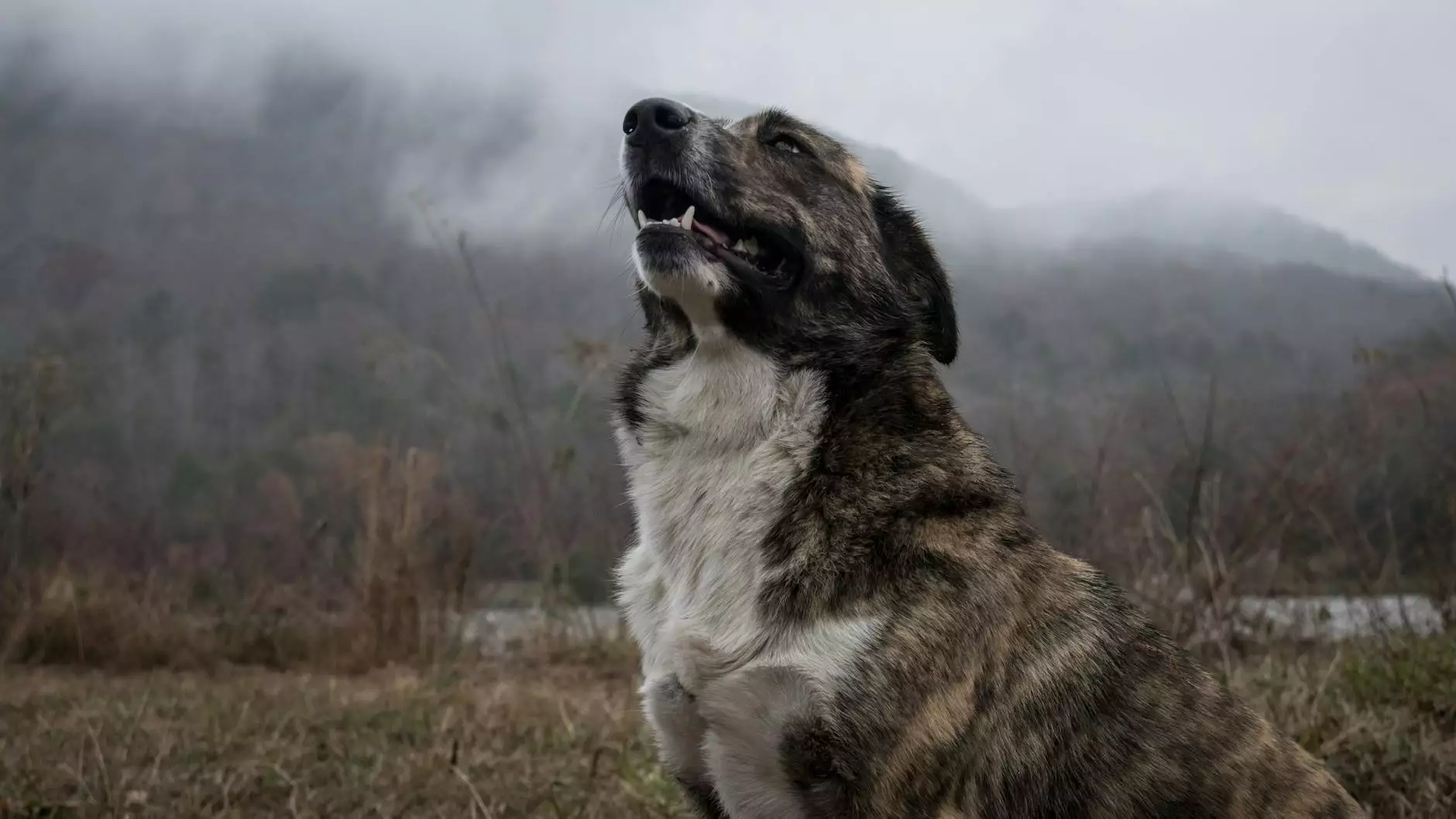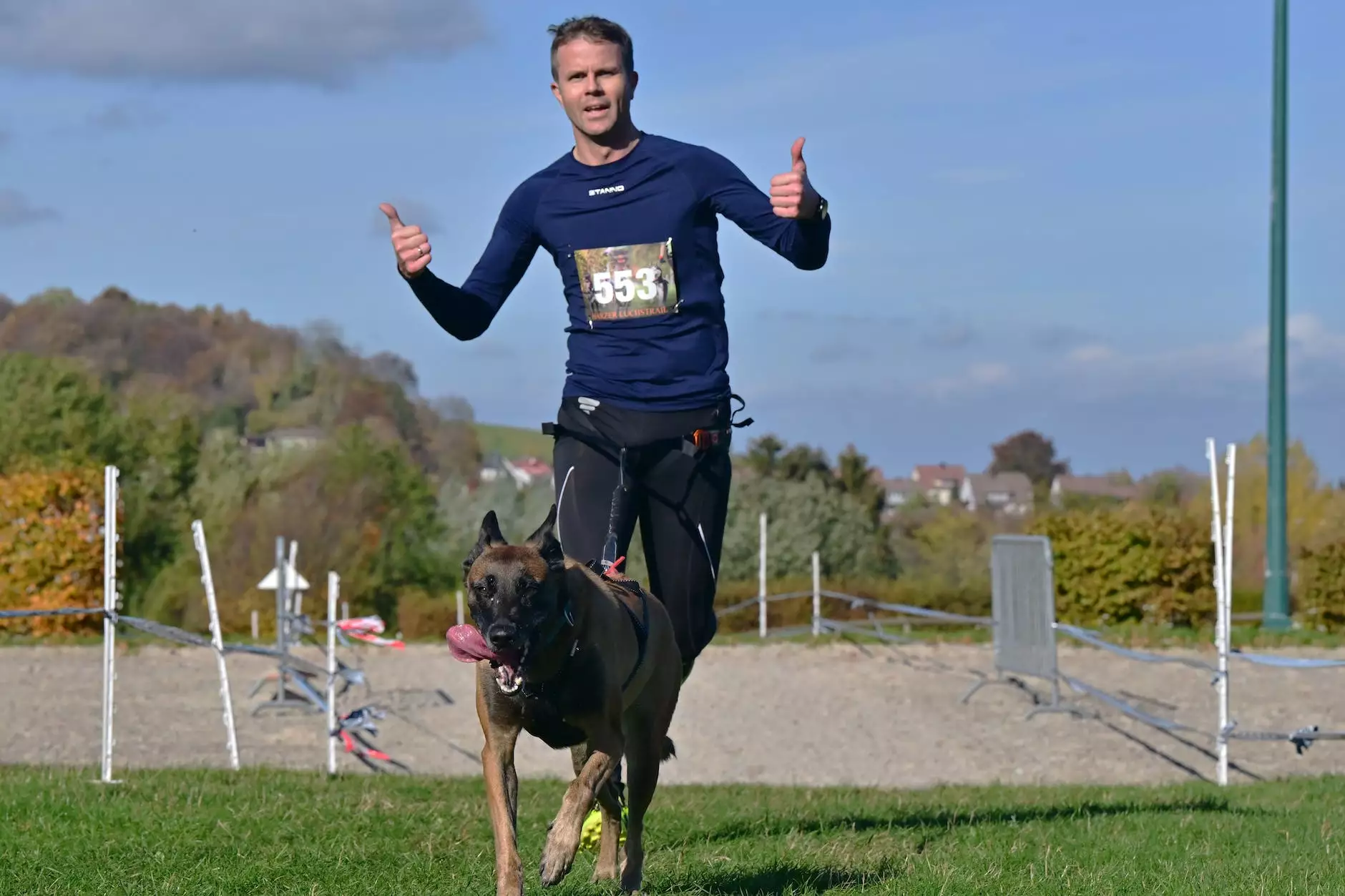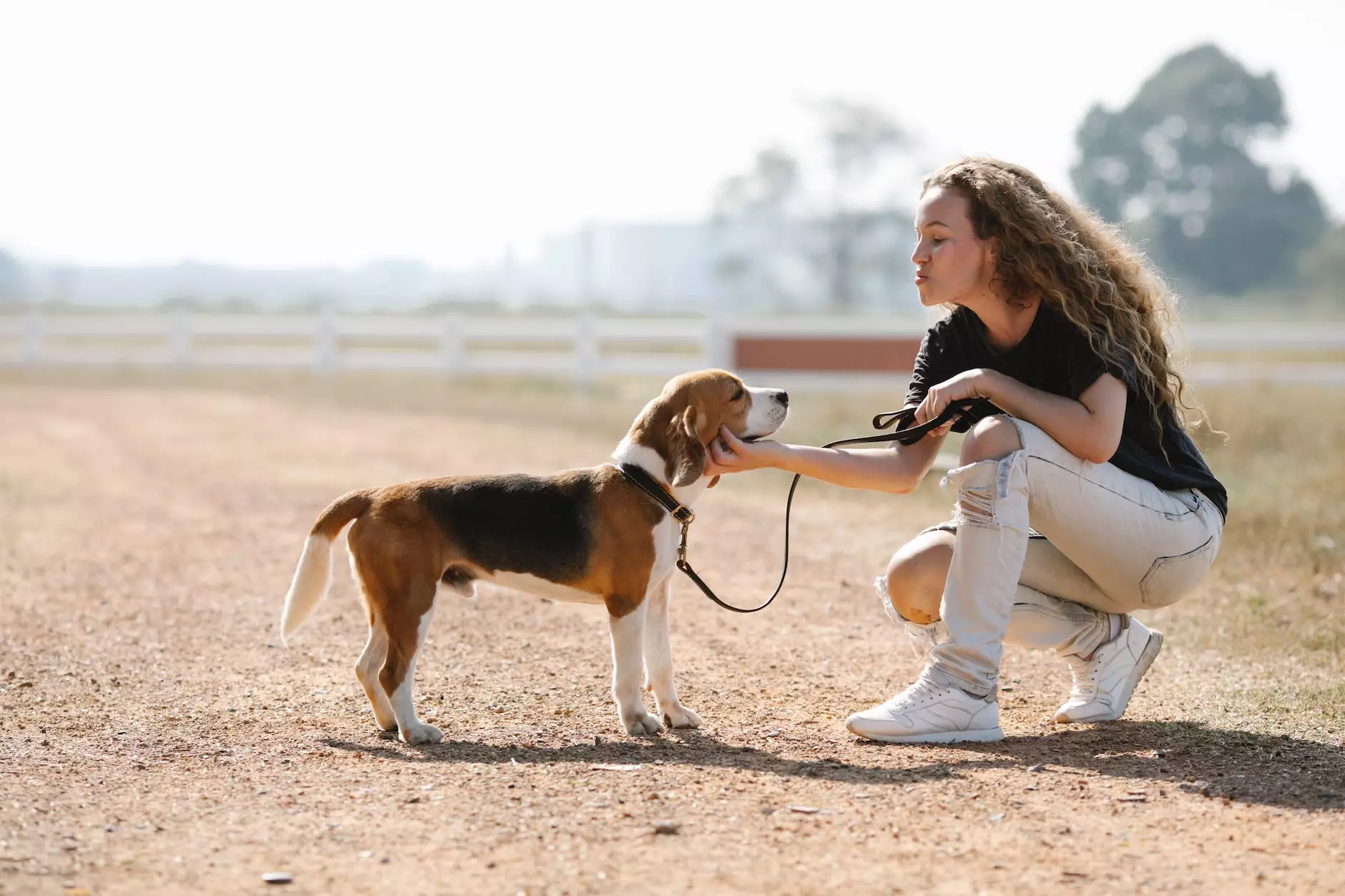PigWatch? Yes, DogWatch Hidden Fences Work for Pet Pigs Too
Dog Care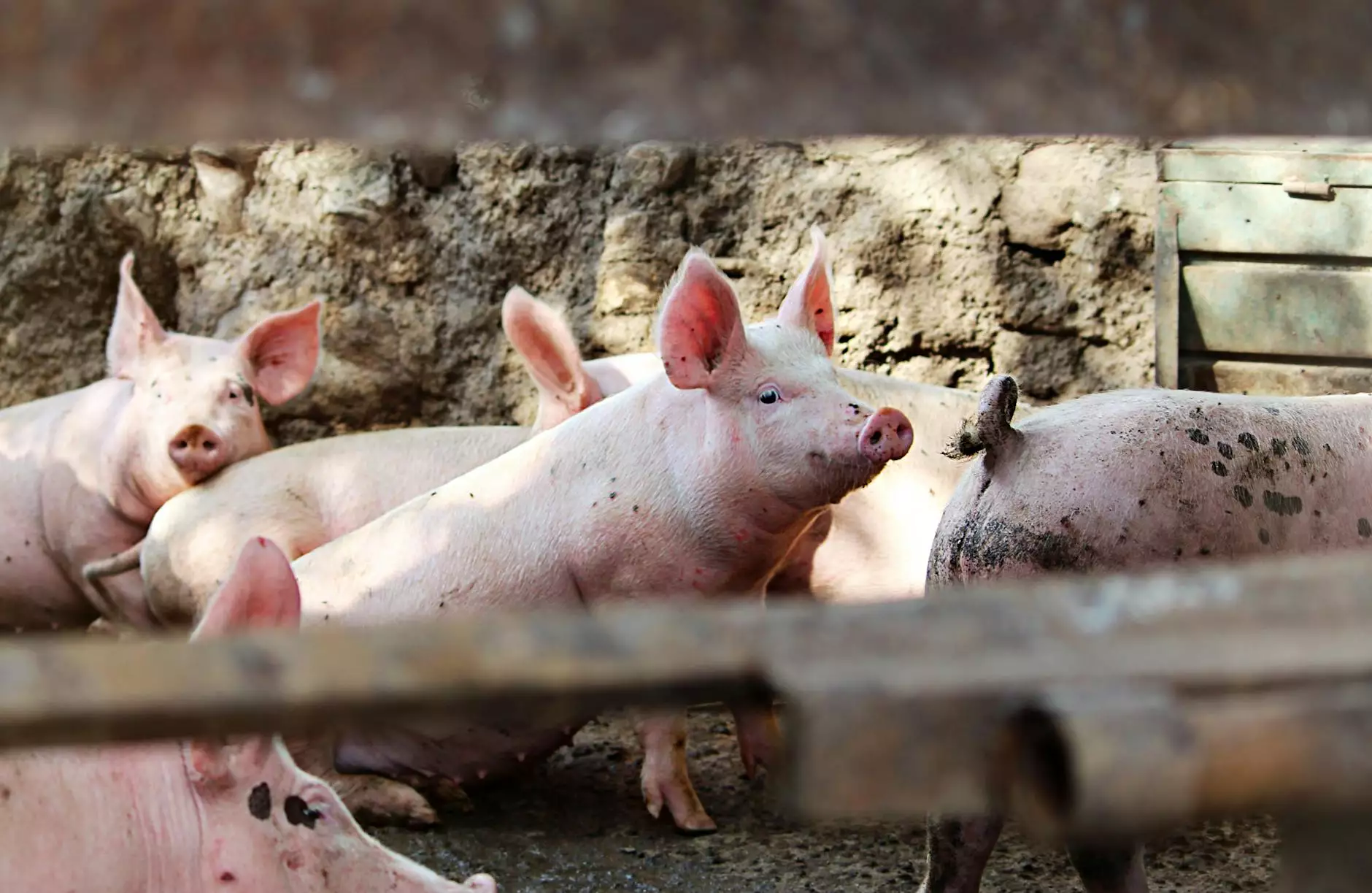
Introduction
Welcome to Wisconsin Adventures' DogWatch blog! In this article, we will explore the intriguing concept of using DogWatch Hidden Fences not only for dogs but also for pet pigs. Discover how pigs can benefit from this innovative solution and learn about the training process, safety measures, and the many advantages that come with using hidden fences for pigs.
The Benefits of DogWatch Hidden Fences for Pet Pigs
While hidden fences are commonly associated with keeping dogs safe and contained, they can also be effectively used for pet pigs. The benefits of using DogWatch Hidden Fences for pigs are numerous:
- Safety: DogWatch Hidden Fences provide a safe and secure environment for pet pigs, allowing them to roam freely within predefined boundaries without the need for traditional physical fences.
- Freedom: Pigs are naturally curious and active animals. With a hidden fence, they can enjoy more freedom while still being confined to a specific area.
- Protection: Hidden fences protect pet pigs from potential dangers such as busy roads, neighboring wildlife, or other hazards that could put their well-being at risk.
- Cost-Effective: Installing traditional fences can be expensive, especially for larger areas. DogWatch Hidden Fences offer a more cost-effective solution while providing the same level of containment.
- Unobstructed Views: Traditional fences can obstruct the beautiful views of your property. Hidden fences allow your pet pig to roam without disrupting the visual appeal of the surroundings.
Training Process for Pet Pigs
The training process for pet pigs with DogWatch Hidden Fences is similar to that of dogs. It typically involves:
- Initial Consultation: A trained professional from DogWatch will assess your property and discuss your specific requirements.
- Boundary Flag Placement: Temporary flags are placed along the boundary to help familiarize your pig with the area they should avoid.
- Training: Using positive reinforcement techniques, your pig will be gradually introduced to the boundaries and trained to associate them with a mild correctional signal.
- Supervised Testing: With proper supervision, your pig will be given the opportunity to explore the boundaries while being corrected if they attempt to cross them.
- Reinforcement and Practice: Regular reinforcement and practice sessions will help your pig fully understand and respect the boundaries.
Safety Measures for Pet Pigs
Ensuring the safety of your pet pig is of utmost importance. When using DogWatch Hidden Fences, it is important to consider the following safety measures:
- Proper Collar Fit: It is essential to use a collar that fits your pig comfortably and securely to ensure the system functions optimally.
- Regular Collar Checks: Check your pig's collar regularly to ensure it remains in good condition and adjust its fit as needed.
- Regular Training Refreshers: Conduct regular training sessions to refresh your pig's memory and reinforce their understanding of the boundaries.
- Sufficient Supervision: Initially, it is crucial to provide close supervision to ensure your pig's safety during the training process and while they are becoming accustomed to the hidden fence system.
- Regular Veterinary Check-Ups: As with any pet, regular check-ups with a trusted veterinarian are highly recommended to maintain your pig's overall health and address any concerns.
In Conclusion
DogWatch Hidden Fences are not limited to dogs but can also be utilized for pet pigs with great success. The benefits of using hidden fences for pigs, such as safety, freedom, protection, cost-effectiveness, and unobstructed views, make it a suitable containment solution for these intelligent, curious animals.
Remember to follow the proper training process, implement safety measures, and regularly reinforce your pig's understanding of the hidden fence boundaries. With DogWatch Hidden Fences, you can provide your pet pig with a safe and secure environment while enabling them to explore the outdoors without incurring the costs and visual obstructions associated with traditional fencing.

